

Expansion of liquid apparatus
$4,330.00 Original price was: $4,330.00.$4,230.00Current price is: $4,230.00.
The expansion of liquid apparatus refers to laboratory equipment specifically designed to accommodate the physical expansion of liquids or gases due to temperature changes. This phenomenon is essential in various applications, ensuring accuracy, safety, and efficiency in experimental and industrial processes
Uses of Expansion of liquid apparatus
- Thermometers:
These devices use the expansion of liquids (like mercury or alcohol) to measure temperature changes. As the temperature rises, the liquid expands and rises in the capillary tube.
- Burettes:
In titration experiments, burettes utilize the principle of liquid expansion to deliver precise volumes of liquid. The liquid level changes in response to temperature variations.
- Manometers:
These are used to measure pressure differences in gases or liquids. The liquid column in the manometer expands or contracts with temperature changes, affecting the readings.
- Volumetric Flasks:
These flasks are calibrated to a specific temperature. The liquid inside expands when heated, and the volume measurement can change with temperature, so accurate measurements depend on temperature control.
- Dilution and Mixing: In chemical reactions, the expansion of liquids can impact concentrations. Understanding how volume changes with temperature is essential for accurate dilutions.
- Safety Equipment: Expansion tanks are used in systems to manage pressure changes due to thermal expansion of liquids, helping to prevent equipment failure or accidents.
- Calibrated Glassware: Graduated cylinders and pipettes are calibrated for specific temperatures, taking into account the expansion of the liquid to ensure accurate measurements.
- Heat Exchangers: These devices may use liquid expansion principles to manage temperature control in chemical processes, ensuring efficient heat transfer.
- Refrigeration and Cooling Systems: Expansion valves help regulate the flow of refrigerants by utilizing the expansion of liquids and gases in response to temperature changes.
- Chemical Reaction Monitoring: Some reactions involve volume changes due to gas production or liquid expansion, which can be monitored using specialized apparatus designed to measure these changes.


 Emollients
Emollients Humectants
Humectants UV Filters
UV Filters Surfactants (cosmetic)
Surfactants (cosmetic) Preservatives (cosmetic)
Preservatives (cosmetic) Fragrances and Essential Oils
Fragrances and Essential Oils Antioxidants (cosmetics)
Antioxidants (cosmetics)
 Solvents (lab)
Solvents (lab) Chromatography Chemicals
Chromatography Chemicals Microbiology and Cell Culture Reagents
Microbiology and Cell Culture Reagents Biochemical Reagents
Biochemical Reagents Inorganic and Organic Standards
Inorganic and Organic Standards Spectroscopy Reagents
Spectroscopy Reagents Molecular Biology Reagents
Molecular Biology Reagents
 Precious Metal Extraction Agents
Precious Metal Extraction Agents
 Plasticizers
Plasticizers Polymerization Initiators
Polymerization Initiators Stabilizers
Stabilizers Monomers
Monomers Fillers and Reinforcements
Fillers and Reinforcements Antioxidants (plastics)
Antioxidants (plastics) Colorants (plastic pigments,Dyes)
Colorants (plastic pigments,Dyes)
 Fertilizers
Fertilizers Plant Growth Regulators
Plant Growth Regulators Soil Conditioners
Soil Conditioners Animal Feed Additives
Animal Feed Additives Biostimulants
Biostimulants
 Dough Conditioners
Dough Conditioners Flour Treatments
Flour Treatments Fat Replacers
Fat Replacers Preservatives (baking)
Preservatives (baking)
 Surfactants (cleaning)
Surfactants (cleaning) Builders
Builders Bleaching Agents
Bleaching Agents Enzymes
Enzymes Solvents (cleaning)
Solvents (cleaning) Fragrances
Fragrances Disinfectant
Disinfectant Metal cleaning
Metal cleaning
 Binders/Resins
Binders/Resins Pigments
Pigments Solvents (paint)
Solvents (paint) Additives
Additives Driers
Driers Anti-Corrosion Agents
Anti-Corrosion Agents Specialty Coatings
Specialty Coatings Functional Coatings
Functional Coatings Application-Specific Coatings
Application-Specific Coatings
 Sealants and Adhesives
Sealants and Adhesives
 Biodegradable Surfactants
Biodegradable Surfactants Bio-based Solvents
Bio-based Solvents Renewable Polymers
Renewable Polymers Carbon Capture Chemicals
Carbon Capture Chemicals Wastewater Treatment Chemicals
Wastewater Treatment Chemicals
 Preservatives (food)
Preservatives (food) Flavor Enhancers
Flavor Enhancers Acidulants
Acidulants Sweeteners
Sweeteners Emulsifiers
Emulsifiers Antioxidants (food)
Antioxidants (food) Colorants (food)
Colorants (food) Nutrient Supplements
Nutrient Supplements Nutraceutical Ingredients
Nutraceutical Ingredients
 Fresh Herbs
Fresh Herbs Whole Spices
Whole Spices Ground Spices
Ground Spices Spice Blends
Spice Blends
 Surfactants(oil)
Surfactants(oil)
 Antibiotics
Antibiotics Active Pharmaceutical Ingredients
Active Pharmaceutical Ingredients Excipients
Excipients Vaccine Adjuvants
Vaccine Adjuvants Nutraceutical Ingredients
Nutraceutical Ingredients Solvents (pharmaceutical)
Solvents (pharmaceutical)
 Automotive chemicals
Automotive chemicals Pyrotechnic Chemicals
Pyrotechnic Chemicals


 Vulcanizing Agents
Vulcanizing Agents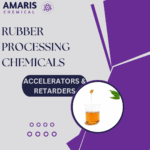 Accelerators & Retarders
Accelerators & Retarders Antidegradants
Antidegradants Reinforcing Agents
Reinforcing Agents Plasticizers & Softeners
Plasticizers & Softeners Fillers & Extenders
Fillers & Extenders Blowing Agents
Blowing Agents Adhesion Promoters
Adhesion Promoters

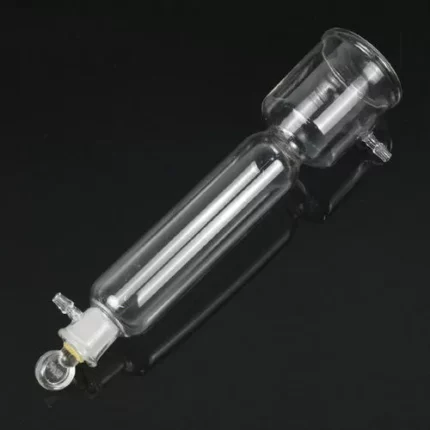
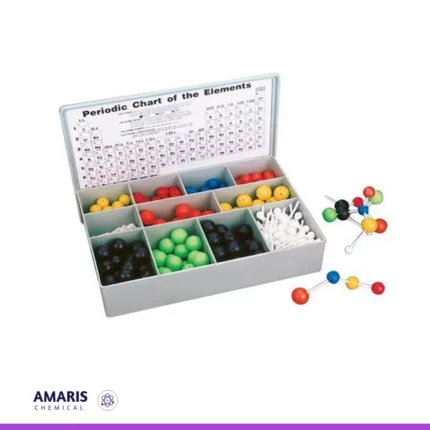

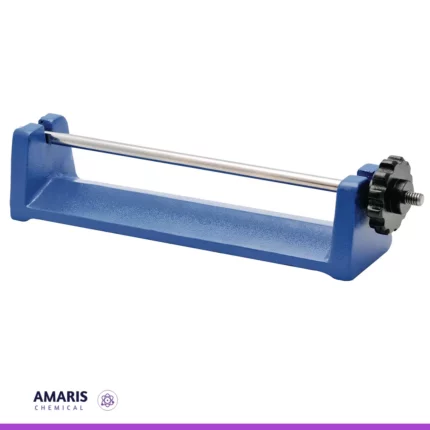
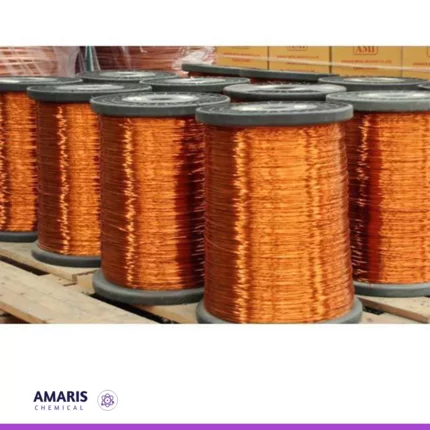
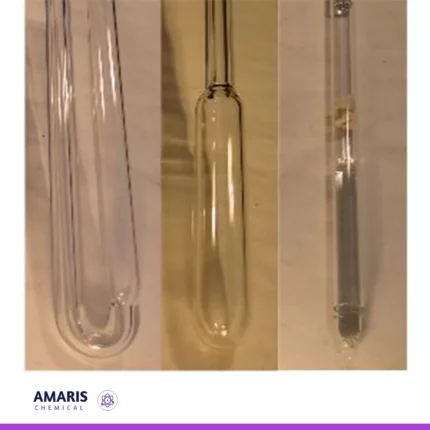
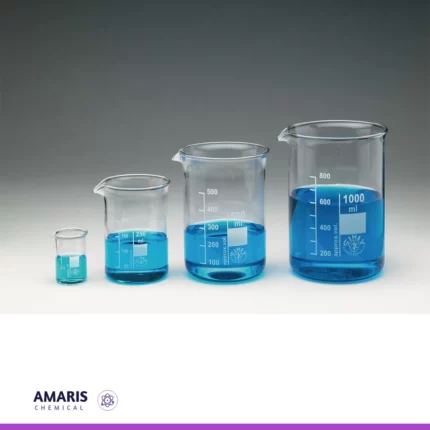













Reviews
There are no reviews yet.